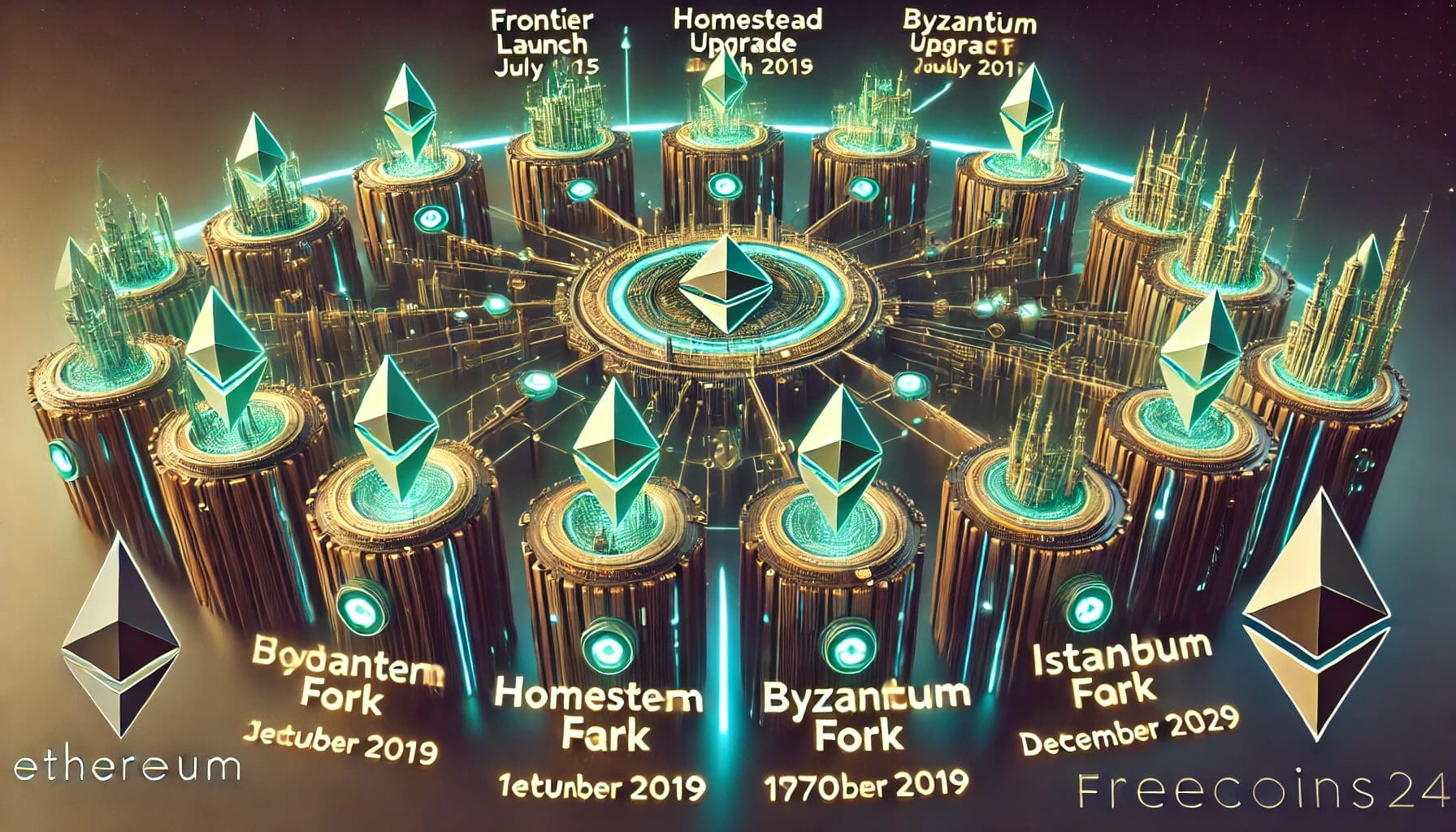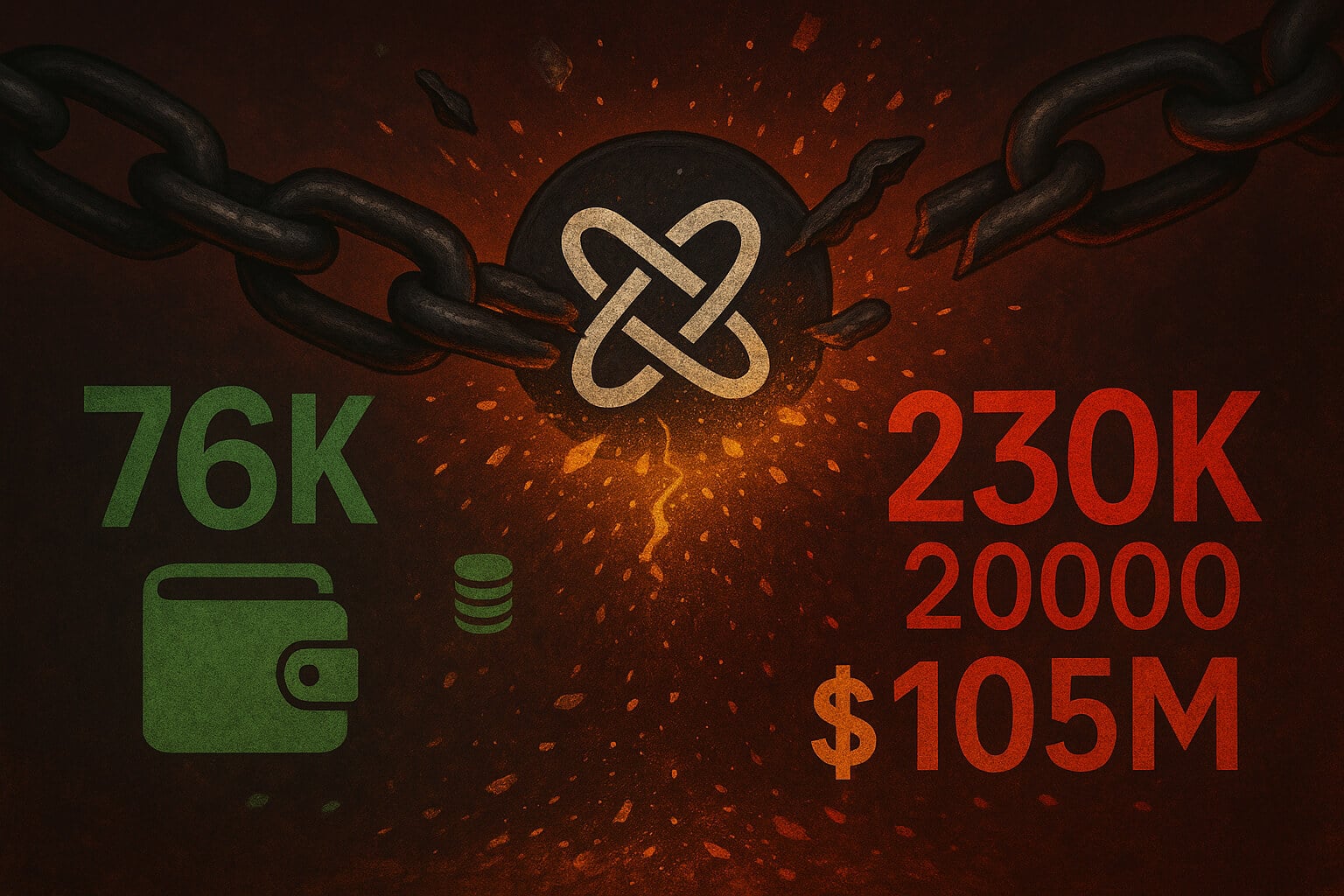What is Ethereum? Understanding the Basics
Ethereum has come a long way since its inception. From a visionary whitepaper to major hardforks and the transformative ETH merge, Ethereum’s journey is a testament to innovation and resilience in the crypto world. Let’s dive into the key milestones that have shaped Ethereum’s path and its impact on the blockchain landscape.
The Visionary Whitepaper
In late 2013, Vitalik Buterin introduced Ethereum to the world through a groundbreaking whitepaper. This document laid the foundation for a decentralized platform that could support smart contracts and decentralized applications (dApps). Buterin’s vision extended beyond Bitcoin’s capabilities, aiming to create a more versatile blockchain.

The Birth of Ethereum
Ethereum officially launched on July 30, 2015, with the release of Frontier, the first live version of the Ethereum network. This launch marked the beginning of a new era in blockchain technology, offering developers a platform to build and deploy decentralized applications.
Learn more about how to start developing dApps on Ethereum.
The DAO Incident and the First Hardfork
One of the most significant events in Ethereum’s history was The DAO incident in 2016. A vulnerability in The DAO, a decentralized autonomous organization, was exploited, resulting in the theft of 3.6 million Ether. This event led to a contentious hardfork, splitting the network into Ethereum (ETH) and Ethereum Classic (ETC).
![]()
Ethereum’s Scaling Challenges
As Ethereum gained popularity, scalability became a pressing issue. The network struggled with high transaction fees and slow processing times. To address these challenges, several solutions were proposed, including the introduction of Ethereum 2.0, a major upgrade aimed at enhancing scalability, security, and sustainability.
Discover how Ethereum 2.0 plans to solve scalability issues.
- Key Hardforks: Homestead, Metropolis, and Constantinople
Over the years, Ethereum has undergone several hardforks to improve its functionality and security. Notable hardforks include:
- Homestead (March 2016): This hardfork marked Ethereum’s transition from its initial beta phase to a more stable platform, introducing improvements in security and transaction processing.
- Metropolis (October 2017 and February 2019): Divided into two phases, Byzantium and Constantinople, this hardfork brought significant updates, including enhanced privacy features and reduced transaction costs.
- Constantinople (February 2019): This phase included various optimizations aimed at improving the network’s efficiency and reducing gas costs.

The ETH Merge: Transition to Proof of Stake
One of the most anticipated milestones in Ethereum’s journey is the ETH merge, transitioning from a proof-of-work (PoW) to a proof-of-stake (PoS) consensus mechanism. This shift aims to drastically reduce Ethereum’s energy consumption and improve network security. The merge is a crucial step toward Ethereum 2.0, promising a more sustainable and scalable future for the platform.
Ethereum’s journey from a whitepaper to a transformative blockchain platform is a remarkable story of innovation and resilience. With each milestone, Ethereum has solidified its position as a leader in the crypto space, continuously evolving to meet the demands of its growing user base. As we look ahead, the ETH merge and the full implementation of Ethereum 2.0 promise an exciting future for this pioneering blockchain.
FAQs
- What is the significance of Ethereum’s whitepaper?
- The whitepaper introduced the concept of a decentralized platform supporting smart contracts and dApps, laying the foundation for Ethereum’s development.
- What was The DAO incident?
- The DAO incident involved a vulnerability in a decentralized autonomous organization, leading to the theft of 3.6 million Ether and resulting in a hardfork that split Ethereum into ETH and ETC.
- What are the benefits of the ETH merge?
- The ETH merge aims to reduce energy consumption, enhance network security, and improve scalability by transitioning from a PoW to a PoS consensus mechanism.
External Links















